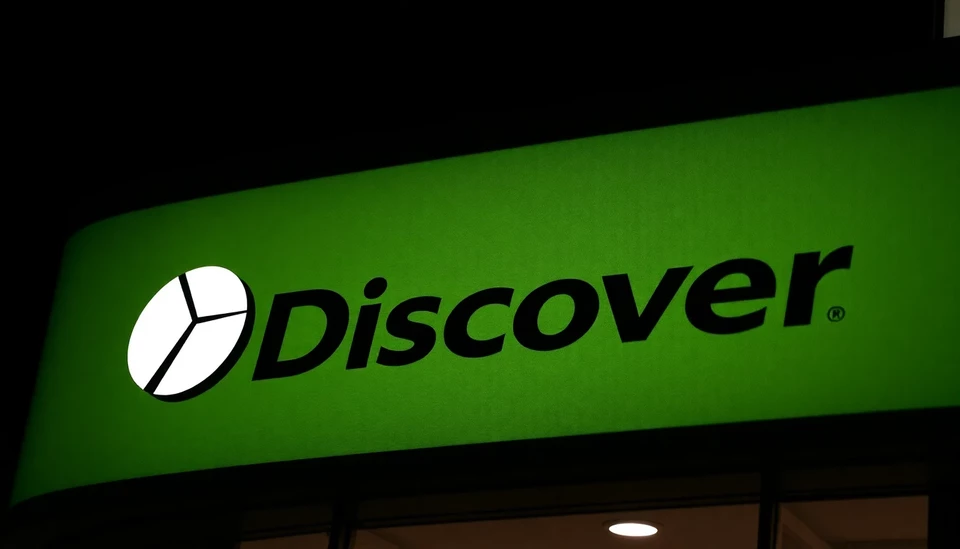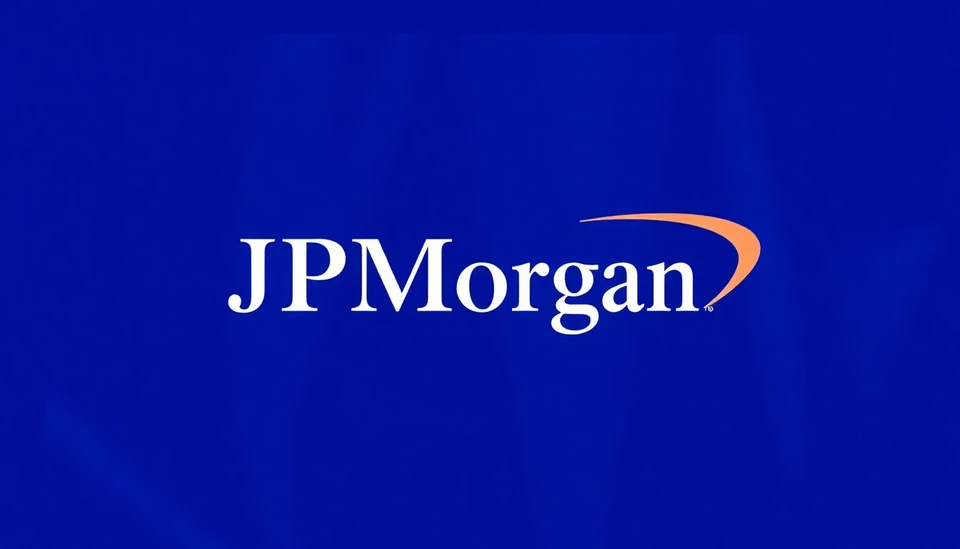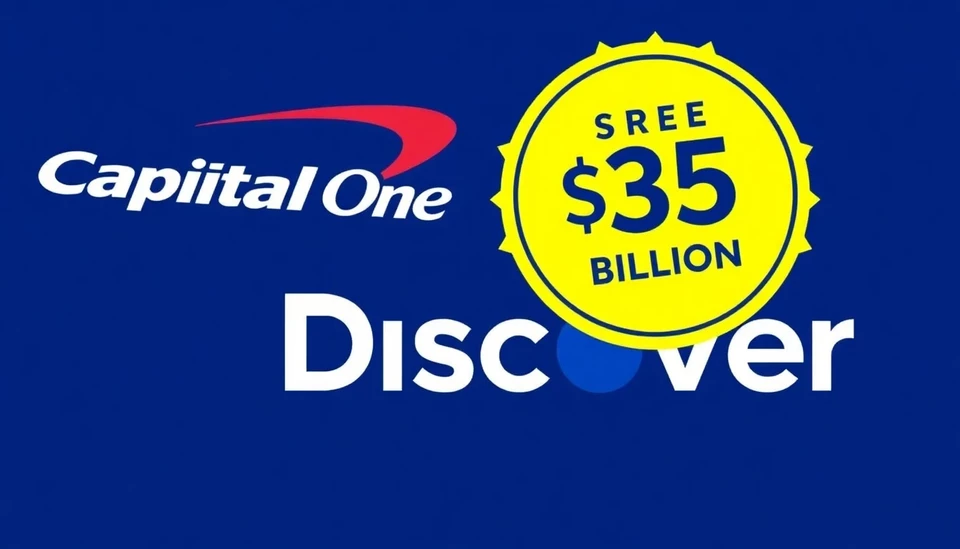
In a significant turn of events, Capital One has been accused of misleading customers regarding its savings account interest rates, creating a stir among consumers and financial watchdogs alike. A lawsuit filed recently highlights that the bank may have deliberately obscured the true earning potential of its savings products.
The allegations stem from multiple customer complaints and reviews pointing out inconsistencies between the advertised savings rates and the actual rates received by account holders. Many customers reported feeling misled after their interest earnings fell short of what Capital One had prominently advertised in its promotional materials.
Specifically, the lawsuit claims that Capital One's marketing efforts have been designed to give an impression of higher savings yields, leading customers to believe they would receive more competitive returns. The bank's advertisements have touted attractive rates, which many customers later found were only accessible under certain conditions that were not clearly communicated.
Moreover, the legal action asserts that Capital One failed to provide adequate disclosures regarding the requirements for qualifying for the best rates, which often included stipulations that were not apparent in the advertisements. This alleged lack of transparency has raised questions about the bank's ethical practices in marketing its financial products.
The situation has prompted a wider discussion about the banking industry and the common practice of enticing customers with flashy interest rates, which, upon closer inspection, may not reflect the true benefits. Financial experts have suggested that consumers should always read the fine print and conduct thorough research when choosing financial institutions and their corresponding products.
In light of the lawsuit, Capital One has yet to issue a statement addressing the claims, but industry analysts predict that the case could have broader implications not only for the bank but also for the industry as a whole. Depending on the outcome, there may be an increase in regulatory scrutiny of advertising practices within the banking sector.
This controversy follows on the heels of heightened public awareness and concern regarding consumer rights and fair trading practices. Advocacy groups are emphasizing the importance of clear communication from financial institutions to ensure that customers are fully informed about the products they are choosing to invest in.
As the legal proceedings unfold, many are watching closely for the resolution of this case. The outcome could set a precedent for how banks and financial institutions present their rates and offers in the future, possibly leading to stronger regulations to protect consumers from potential misrepresentations.
The financial community is abuzz with predictions on how this lawsuit could reshape the marketing landscape of savings accounts. Stakeholders are calling for a reassessment of ethical advertising practices in the finance sector, urging that transparency be placed at the forefront of consumer outreach efforts.
In conclusion, the allegations against Capital One underscore the importance of consumer vigilance and the necessity for clearer communication from banks. As more information comes to light, it remains to be seen how this situation will affect both the reputation of Capital One and the wider norms in consumer banking.
#CapitalOne #Lawsuit #ConsumerRights #FinancialTransparency #SavingsAccount
Author: John Harris




